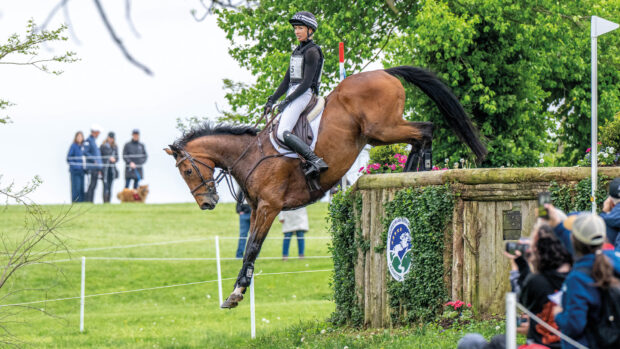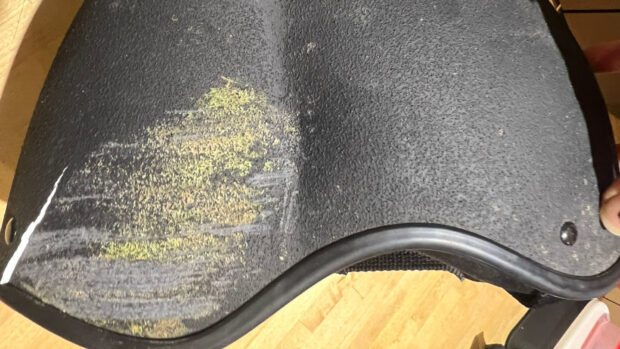RISK of hospitalisation from equestrian-related injuries has been “severely underappreciated”, data suggests.
A study, Hearing hoofbeats? Think head and neck trauma: a 10-year NTDB analysis of equestrian-related trauma in the USA, by researchers in Texas, analysed data from the US National Trauma Data Bank from 2007 to 2016 to look at injuries recorded as horse-related with the aim of allowing the development of “targeted prevention strategies”. As part of the work, researchers compared the data against studies looking at motorcycle racing, skiing and football and said this research mirrors previous findings that the proportion of trauma centre admissions from equestrian injuries was higher, and when taken together the data suggests the dangers of equestrian activities has been “severely underappreciated”.
Of the 24,791 injuries analysed, 37.07% were in the chest region and 22.95% were head injuries. Riders aged between 50 and 59 were most likely to visit trauma centres.
One of the researchers, trauma surgeon Jeffrey Skubic, told H&H it is hoped the study will raise awareness about wearing protective equipment, especially in the US where Western riding is more common.
“A lot of these injuries can be prevented if riders wear helmets or a vest [body protector],” said Dr Skubic. “What concerns us is when we compare the data to previous studies on skiing, motorcycle riding or football, there is a higher injury rate in riding. People traditionally think of getting on a motorcycle as dangerous, but it’s a machine that you can control the majority of the time. A horse has a mind of its own and you don’t know what it’s going to do.”
“We also want to raise awareness to trauma surgeons when they are getting a patient who has fallen off a horse to know what injuries they should be looking for.”
Major trauma consultant Diane Fisher, the British Equestrian Trade Association’s chief medical officer, told H&H she welcomes the study but that it is difficult to compare like for like between the US and the UK owing to the difference in riding styles, as more US riders do not wear a safety helmet. There is a national database that collects major trauma records in the UK, but it does not specifically collect equestrian data and this is something Dr Fisher is calling for.
“There is a definite mismatch between medics’ knowledge of equestrian injuries and potential for injury, because they don’t understand the mechanism by which we hurt ourselves,” she said. “On top of this, you have a community as a whole who jump back on with fractured ribs or broken arms. They’re late presenters and don’t go to hospital unless something is hanging off, and even then it can be days later.”
Dr Fisher added the importance of wearing safety helmets when handling horses on the ground and praised Charlotte Dujardin for wearing her helmet during her Tokyo Olympic trot-up with Gio.
“Many of the really serious injuries happen on the ground because people don’t tend to wear a hat taking their horse to the field, or when loading. I think this is the area we really need to concentrate on going forward.”
You might also be interested in:

‘You have one life – why not put a hat on?’: Charlotte Dujardin on opting for a helmet at Tokyo Olympics trot-up

Trauma doctor shares simple life-saving actions all equestrians should know
Dr Diane Fisher spoke about the simple, potentially life-saving actions, people can take if a friend hits their head at

Subscribe to Horse & Hound magazine today – and enjoy unlimited website access all year round
Horse & Hound magazine, out every Thursday, is packed with all the latest news and reports, as well as interviews, specials, nostalgia, vet and training advice. Find how you can enjoy the magazine delivered to your door every week, plus options to upgrade your subscription to access our online service that brings you breaking news and reports as well as other benefits.




